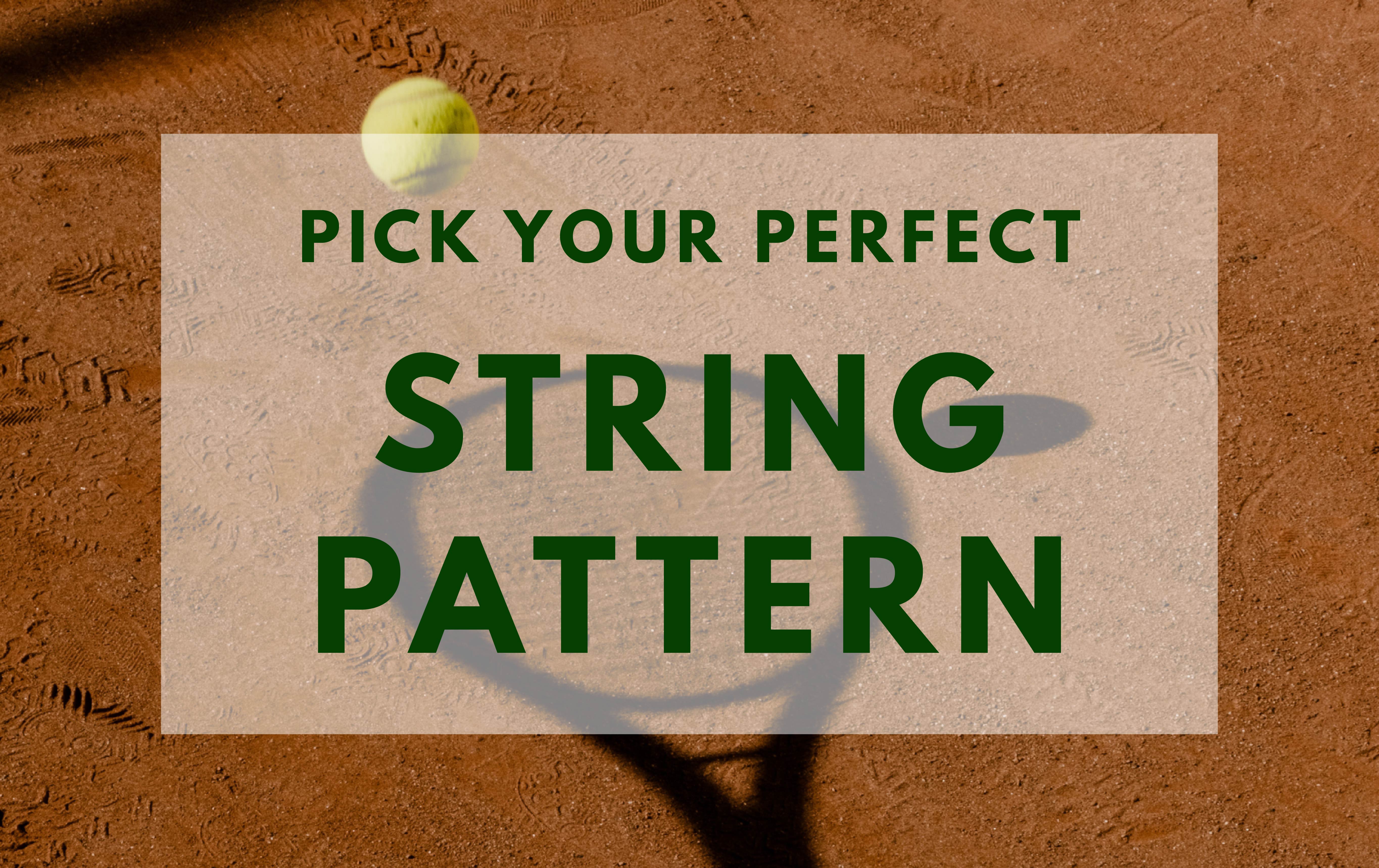Finding the right string pattern for your tennis racquet can significantly impact your game. In this guide, we'll delve into the factors to consider and the steps to take to pick the perfect string pattern for your playing style.
Before diving into selection, let's understand what string patterns entail. Tennis racquets feature a grid-like pattern of strings, usually denoted by a number of main strings (vertical) and cross strings (horizontal). Common patterns include 16x19, 18x20, and 16x18, each affecting playability differently.
Factors Influencing String Pattern Choice:
Playing Style:- Power Player: If you rely on powerful shots, a more open string pattern like 16x19 can add spin and generate extra ball speed.
- Precision Player: For precision and control, a denser pattern like 18x20 provides a tighter string bed, offering more accuracy.
- All-Rounder: Balanced players often prefer 16x18 patterns, blending spin potential with decent control and power.
- Beginner: Beginners might benefit from a more forgiving string pattern, such as 16x19, to help with generating spin and power.
- Intermediate: Intermediate players can explore various patterns based on their evolving style and preferences.
- Advanced: Advanced players often have specific preferences and may opt for tighter patterns for precise shot-making.
- Clay Courts: Players on clay may favor spin-friendly patterns to control the ball's trajectory and bounce.
- Hard Courts: Hard court players might lean towards patterns offering durability and control for aggressive play.
- Grass Courts: Grass court players often seek patterns that balance spin and power due to the surface's speed.
- String Type: The type of string (polyester, synthetic gut, natural gut, etc.) can complement or contrast with the racquet's string pattern.
- Tension: String tension influences feel and playability, working in tandem with the chosen pattern to optimize performance.
Steps to Choosing Your Perfect String Pattern:
- Assess Your Playing Style: Understand your strengths, weaknesses, and preferred playing characteristics (power, spin, control).
- Consider Your Skill Level: Factor in your experience level to determine if you need more forgiveness or precision from the string pattern.
- Evaluate Court Conditions: Adapt your string pattern choice based on the predominant court surface you play on.
- Consult with Experts: Seek advice from coaches or tennis professionals who can recommend patterns based on your game and goals.
- Experiment and Test: Try different string patterns through demos or stringing services to gauge their impact on your game.
- Fine-Tune: Once you find a suitable pattern, adjust string type and tension to fine-tune your racquet setup for optimal performance.
Choosing the perfect string pattern for your tennis racquet is a personalized journey that involves understanding your game, considering external factors like court surface, and experimenting with different setups. By following the steps outlined and staying open to adjustments, you can unlock your full potential on the court and elevate your tennis experience.

